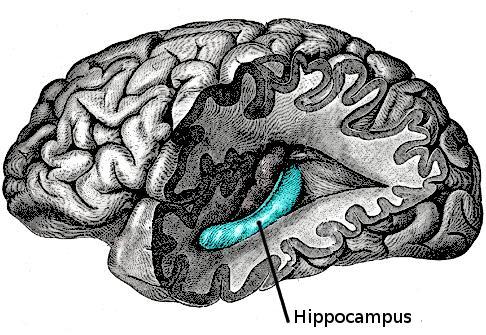
© WikipediaLocation of the hippocampus in the human brain. Modified from a scan of a plate of "Posterior and inferior cornua of left lateral ventricle exposed from the side" in Gray's Anatomy.
Ben W. Strowbridge, PhD, associate professor of neuroscience and physiology/biophysics, and Phillip Larimer, PhD, a MD/PhD student in the neurosciences graduate program at Case Western Reserve University School of Medicine, are the first to create stimulus-specific sustained activity patterns in brain circuits maintained in vitro.
Their study will be published in the February 2010 issue of
Nature Neuroscience and is currently available online.
Neuroscientists often classify human memory into three types: declarative memory, such as storing facts or remembering specific events; procedural memory, such as learning how to play the piano or shoot basketballs; and working memory, a type of short-term storage like remembering a phone number. With this particular study, Strowbridge and Larimer, were interested in identifying the specific circuits that could be responsible for working memory.

